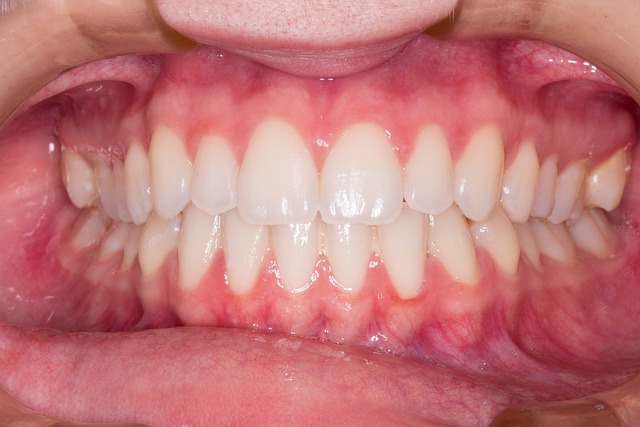Considering Dental Implants? What You Should Know
Missing teeth can significantly impact both your oral health and self-confidence. Dental implants have revolutionized restorative dentistry by providing a permanent solution that looks, feels, and functions like natural teeth. If you're considering dental implants as a tooth replacement option, it's important to understand what they are, how they work, and whether they might be right for you.

What Are Dental Implants and How Do They Work?
Dental implants are small titanium screws that serve as artificial tooth roots. The implant is surgically placed into the jawbone, where it integrates with the surrounding bone tissue through a process called osseointegration. This biological fusion typically takes three to six months and creates a stable foundation for the replacement tooth.
Once the implant has fully integrated, an abutment is attached to connect the implant to the crown, bridge, or denture. The titanium material is biocompatible, meaning it rarely causes allergic reactions or rejection by the body. This integration process allows implants to function like natural teeth, providing stable chewing force and preventing bone loss that commonly occurs after tooth extraction.
Who Might Consider Implants?
Ideal candidates for dental implants are individuals with one or more missing teeth who have sufficient jawbone density to support the implant. Good candidates typically have healthy gums, adequate bone structure, and realistic expectations about the treatment outcome. Age is generally not a limiting factor, as implants can be successful in both younger adults and seniors.
However, certain conditions may affect implant success. Heavy smokers, individuals with uncontrolled diabetes, or those with severe gum disease may need additional treatment before implant placement. Patients taking certain medications, such as bisphosphonates for osteoporosis, should discuss potential complications with their dental professional. A thorough evaluation including X-rays and medical history review helps determine candidacy.
The Implant Procedure Step by Step
The dental implant process typically involves multiple appointments over several months. Initially, your dentist will conduct a comprehensive examination, including 3D imaging to assess bone density and plan implant placement. If insufficient bone is present, a bone graft may be necessary before implant surgery.
During the surgical phase, the implant is placed into the jawbone under local anesthesia. The gum tissue is then sutured closed, and a healing period of three to six months allows for osseointegration. After healing, a second minor procedure exposes the implant and attaches the abutment. Finally, impressions are taken to create the custom crown, which is then secured to the abutment, completing the restoration.
Benefits of Dental Implants
Dental implants offer several advantages over traditional tooth replacement options. They provide superior stability and chewing efficiency compared to removable dentures, allowing patients to eat a wider variety of foods comfortably. Unlike bridges, implants don’t require modification of adjacent healthy teeth, preserving natural tooth structure.
The aesthetic benefits are significant, as implant crowns are custom-made to match surrounding teeth in color, shape, and size. Additionally, implants help maintain facial structure by preventing the bone loss that typically follows tooth extraction. With proper care, dental implants can last decades, making them a cost-effective long-term investment in oral health.
Understanding the Cost of Dental Implants
The cost of dental implants varies significantly based on geographic location, complexity of the case, and additional procedures required. In the United States, single implant costs typically range from $3,000 to $6,000, including the implant, abutment, and crown. Additional procedures like bone grafts or sinus lifts can add $500 to $3,000 to the total cost.
| Treatment Component | Cost Range | Additional Notes |
|---|---|---|
| Single Implant (complete) | $3,000 - $6,000 | Includes implant, abutment, crown |
| Bone Graft | $500 - $3,000 | If additional bone support needed |
| Sinus Lift | $1,500 - $5,000 | For upper jaw posterior implants |
| All-on-4 (full arch) | $15,000 - $30,000 | Complete arch replacement |
Many dental insurance plans provide partial coverage for implants, typically covering 50% of the cost up to annual maximums. Payment plans and financing options are commonly available through dental offices. Some patients travel internationally for more affordable implant treatment, though this requires careful research of provider credentials and follow-up care arrangements.
Prices, rates, or cost estimates mentioned in this article are based on the latest available information but may change over time. Independent research is advised before making financial decisions.
Making the Right Decision
Choosing dental implants requires careful consideration of your oral health status, lifestyle, and financial situation. Consulting with a qualified implant dentist who can evaluate your specific case is essential for understanding treatment options and expected outcomes. Many practices offer free consultations to discuss implant candidacy and treatment planning.
Success rates for dental implants are generally high, with studies showing 95% success rates for lower jaw implants and 90% for upper jaw implants over ten years. However, individual results vary based on factors like oral hygiene, smoking habits, and overall health. Maintaining excellent oral hygiene and regular dental visits are crucial for long-term implant success.
This article is for informational purposes only and should not be considered medical advice. Please consult a qualified healthcare professional for personalized guidance and treatment.




